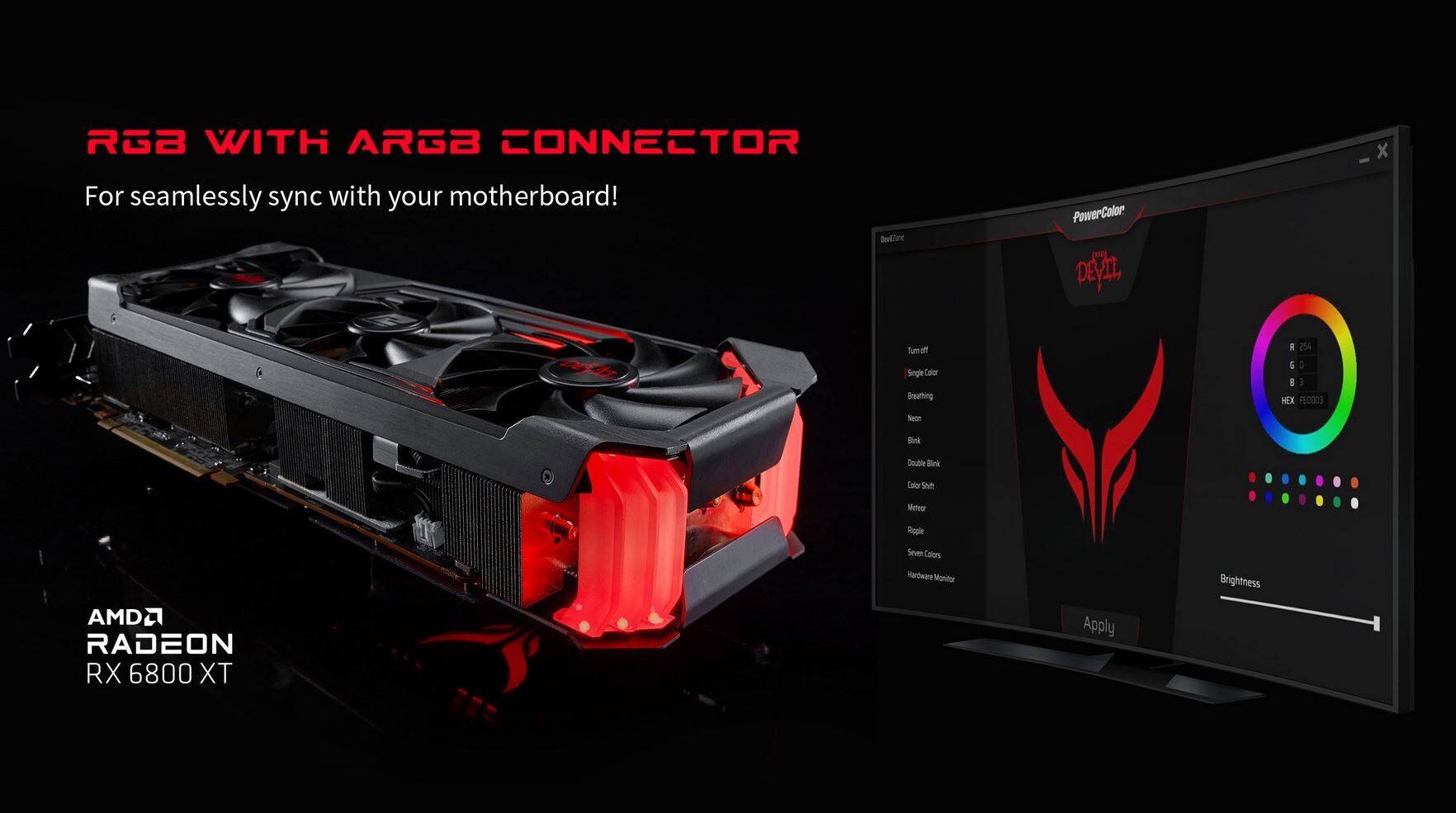


The monitor now displays a ‘washed out’ look – lacking the appropriate color depth and variety. The result of this mismatch is obvious when observed closely. But this categorization of the connection makes the GPU send out a color signal of Limited Range RGB (16-235). The monitor is designed to process a Full Range RGB (0-255) color signal. The problem happens because of the effect that this has on the color signal. The resolution being out on the wrong list is not the issue here. But when we connect a gaming display, say the Dell U2414H, using a Display Port – which is a PC connection not in use by the TV screens, it is categorized in the same way. Now this recognition behavior is typical for full HD displays. If you got to NVIDIA Control Panel>Display>Change resolution, you can see that it will be listed as ‘1080p, 1920 x 1080 (native),’ under ‘Ultra HD, HD, SD.’ When we connect a monitor with a resolution of 1920X1080 (common with HDTVs) to the GPU by using a DVI-HDMI or an HDMI cable, the GPU registers it as an HDTV, and not as a monitor. The problem lies in how NVIDIA GPUs handle the HDMI signal. Hence, contrary to popular belief, the image quality between these three is not equivalent.

However, an HDMI is designed as a universal signal port. The DVI and the DP are manufactured from the ground up as monitor ports. HDMI or the High-Definition Multimedia Interface is an audio/video interface that is designed differently than the DVI (Digital Visual Interface) and the Display Port. If customization and compatibility are your priorities, you’ll be hard-pressed to find something better than SignalRGB.A quick guide to the common problems and the fixes when using an HDMI connection with a NVIDIA or AMD GPU Let’s look at the five best RGB lighting tools to consider for your build. This is where some tools manage to win the battle of RGB software. And more often than not, syncing RGB between the components of different brands is not an option. Choosing the most ideal tool for your build depends, of course, on the components in your build (ASUS Aura Sync will work great for ASUS components).īut the majority of PC builds have a mix of components from various manufacturers. ASUS has Aura Sync, MSI has Mystic Light, Gigabyte has RGB Fusion, and so on. The Best RGB Lighting SoftwareĪlmost every manufacturer bundles its own RGB sync software with its components. Good to know: are you building a gaming PC? Learn the mistakes to avoid. In a nutshell, syncing your gaming PC’s RGB using a great RGB tool should be one of the very first things you do on a new build. Some tools even let you use community-created RGB effects that go way beyond the stock options provided by manufacturers.


 0 kommentar(er)
0 kommentar(er)
